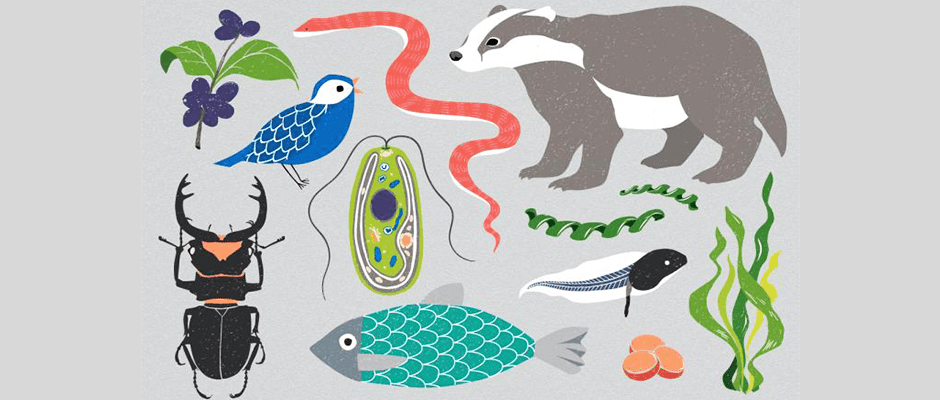Share this article
Scientists set out to map genomes of 1.5 million species
An international network of biologists is embarking on a decade-long effort to map the genomes of over a million complex life forms in an effort to benefit wildlife research and conservation.
The Earth BioGenome Project intends to unite big sequencing centers and ongoing efforts worldwide, such as the Vertebrate Genomes Project and the Global Genome Biodiversity Network, in an effort to discover new species and inform conservation efforts for imperiled wildlife.
“Declining biodiversity and the effect of global climate change on biodiversity are going to affect humankind over the next century,” said Harris Lewin, first author on the paper published in Proceedings of the National Academy of Sciences detailing the project. “We’re going into the sixth mass extinction. There are 23,000 known rare and endangered species according to [the International Union for the Conservation of Nature], and we have seen over the past 40 years a decline in vertebrate population size by 52 percent. The problem we’re facing is the conservation, preservation and restoration of biodiversity.”
The network of scientists hopes to sequence the genomes of all 1.5 million known eukaryotes — organisms that carry DNA in their cell nuclei — a group that includes all life except bacteria and archaea, simple microorganisms that lack nuclei. Biologists believe up to 15 billion species of animals and plants on the earth could be eukaryotes.
“This is the moonshot for biology,” said Lewin, a biology professor at the University of California, Davis. “We hope this is going to be a lasting resource and infrastructure for the future of biology and the understanding of life on the planet. There’s huge potential for helping protect biodiversity as well as humankind.”
The project, which stemmed from a 2015 meeting of biologists in Washington, is a massive step beyond the Human Genome Project, the $2.7 billion project launched in 1990 to sequence all of humans’ genes. But technology has advanced since then, and expenses have fallen.
“Today, we can sequence at a very small fraction of that cost,” Lewin said. Scientists believe this project will cost $4.7 billion, about of quarter of which would be devoted simply to gathering samples, often from tiny species in remote corners of the world.
Lewin said he hopes the project will provide genetic data “that can help the design of conservation programs” and uncover as many as 100,000 new species.
“The idea is for all this information to be freely available to anyone through public databases already existing,” he said.
With funding from the University of California, Davis, the Smithsonian Institution, Beijing Genomics Institute, the nation of Brazil and other sources, the project is scheduled to be formally underway in November.
Header Image: The Earth BioGenome Project plans to sequence all known complex species. ©Mirhee Lee








